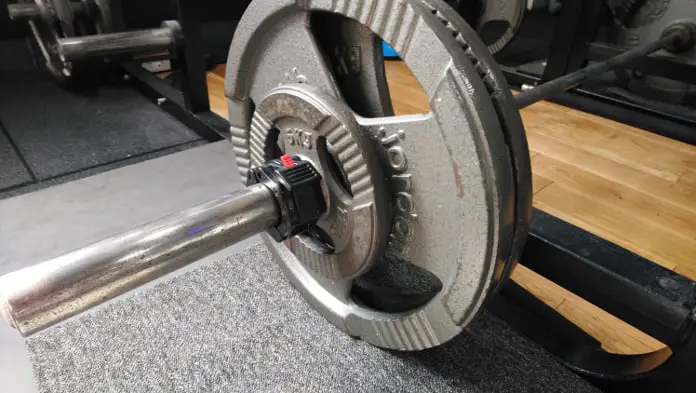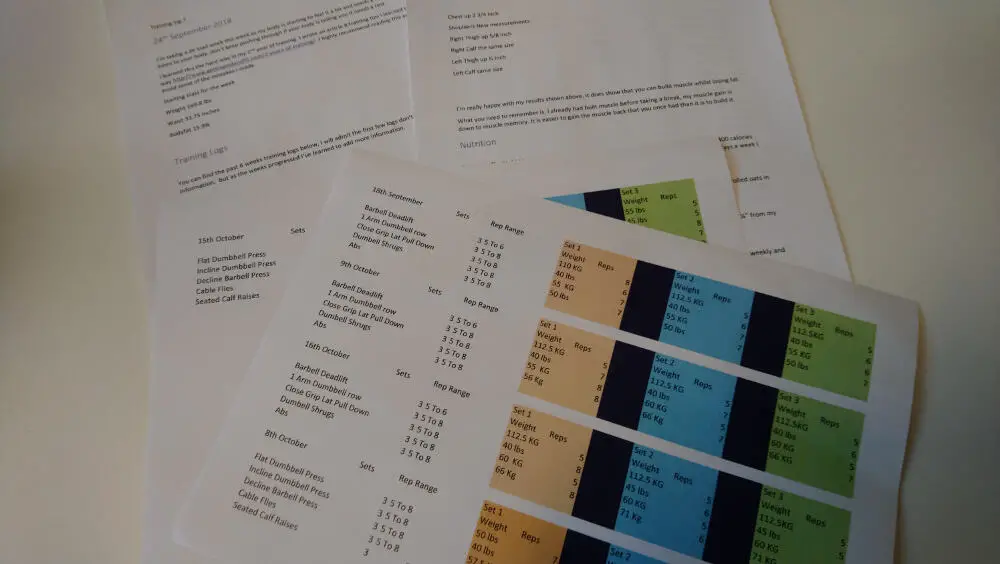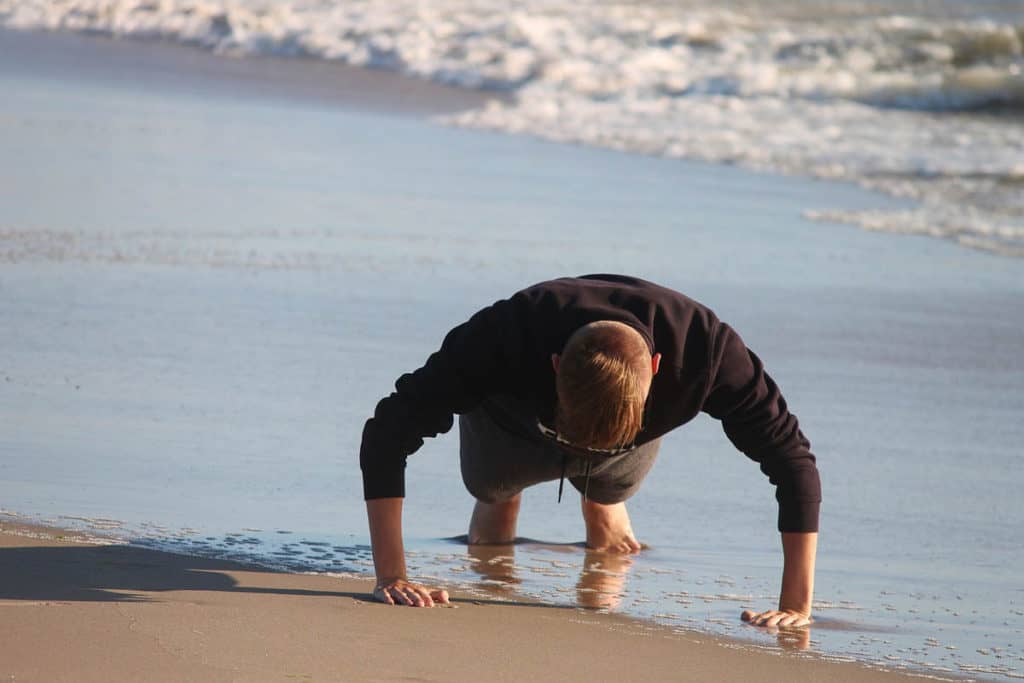Running is one of the best fitness regimes. The benefits of running, including a faster weight loss and increased balance and flexibility, might be compelling enough to make you want to keep at it come rain or shine. There is a more significant risk of gaining back the few pounds you had lost if you suddenly stopped running. But can you run with a broken hand?
Yes. You can run with a broken hand; doctors have given the green light in most of the cases I have researched. Consider running on natural terrain using the right shock-absorbing shoes to minimize further damage to your broken arm. Remember too that running with a cast on your arm takes some getting used to. Don’t expect to hit top speed with a fractured arm straight from the doctor’s room.
Your broken hand shouldn’t be the reason to lose track of your fitness goals. As you wait for your hand to heal and regain full strength, you can keep your cardiovascular health in check through light running. Your running power will depend on your overall health and the stability of your fracture.
Aggressive running two days after the injury is bound to be problematic. The increased circulation may cause increased swelling. So for the first two-three days after the injury, you may want to give it a rest. When you do get out and decide to run with a broken hand, you might have to use a sling to protect against aggressive movements.
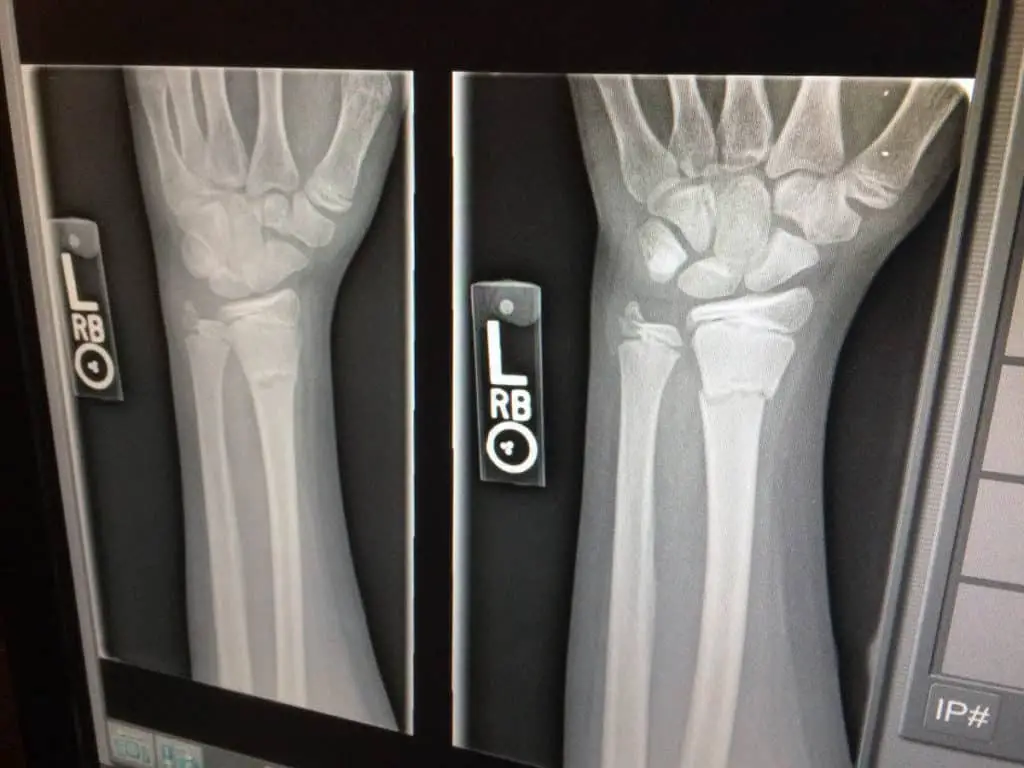
Why Should Anyone Run with a Fractured Hand?
Running has fantastic health benefits, both physically and mentally. If you are an avid runner, you know for sure that running can or has positively impacted your life. Here are the reasons why you may still want to get up early and run a few miles, even with your fractured arm.
Running is a Stress, Buster
The picture was taken by Malcolm Slaney.
Running, a simple exercise of the ages is an excellent stress buster and unleashes feel-good hormones. Just what you need when feeling let down by the fractured arm. We run before work or after work in the evening to sweat out the tension, stress, and mental toxicity that can easily spill into our physical health.
Someone said that runners are the happiest people, and that’s true in so many ways. Running not only helps to keep your mood in check but also boosts your confidence and charisma. When you run, you feel like you are in control of things in your life. When your broken hand keeps you down, you feel like you are losing control.
Fear of Becoming Overweight
You have heard people lose incredible amounts of weight in just two weeks. Now, for the six to eight weeks it takes for your hand to heal, chances are you will gain incredible amounts of weight if you don’t get physically active. So, a broken arm shouldn’t give you a pass to live a sedentary life and throw diet and fitness out the window. By keeping active, even through low impact running, you condition your body to maintain the same high pace of calorie burning as before.
Broken Bones May Heal Faster When You Run
Running increases bone density. Here is what happens; when bones are under stress, the mineral reservoirs of your body get activated. The essential components are sent to the bones, helping them become even stronger. So, running not only reduces the risk of you suffering from another future fracture, but your current broken hand might also heal faster from the exercise if you do it right.
Desire to Keep the Immune System Strong
Regular running is good for your overall body health; it helps to keep away several illnesses and reduces susceptibility to germs and viruses. After the misadventure, if you suddenly stopped running, your body’s natural defense might become weaker. That’s why you should want to stay active through light jogging and low impact running.

You are Preparing for a Marathon
You have to keep up your running practice if you have a marathon coming in a few weeks. You want to keep building endurance and developing leg strength. You also want your lungs to keep growing stronger and your energy production to be more efficient, mile after mile in the run-up to the big race. That cannot happen if you go back to a sedentary kind of lifestyle just because of a fracture to your arm.
How to Jog or Run with a Broken Arm
So, you have the reasons and motivations to get out and stay fit despite your broken arm. There are many ways to modify your previous running habits to fit your current situation. Here is how:
Important: Talk to Your Doctor First
This post is written for general cases of arm injuries and fractures that heal between six to eight weeks. There are severe fractures that may need surgical treatment, and these often take around 12 weeks to heal. The damage in these cases may be more significant and demanding that you pay special attention to your hand. Your doctor will advise best on what to do based on the level of your injury.
Land Softly
Now that you are one arm down, your body doesn’t have the strength and balance as before. Also, the force from your workout might reverberate to the fractured bones and delay the healing. Any high impact to the broken bones in your hand while they are still healing may cause a lifetime deformity. In that case, stick to light jogging or running.
When running with a broken arm, work on landing softly. Run naturally by hitting the ground, not on your heel, but by your mid-foot. That helps to absorb all the stress from the impact. This running technique not only shields your injured hand from shock but also prevents leg injuries and enables you to go further by utilizing gravity and momentum.
Choose the Right Running Shoes
Your running shoes similarly play a vital role in shock absorption. If you plan to run with a broken arm, choose a shoe with excellent mid-foot cushioning and a minimized heel crash pad. A bouncy midsole may be ideal for improving your momentum. Despite the need for cushioning, ensure that you feel a natural settling of your heel with every impact.
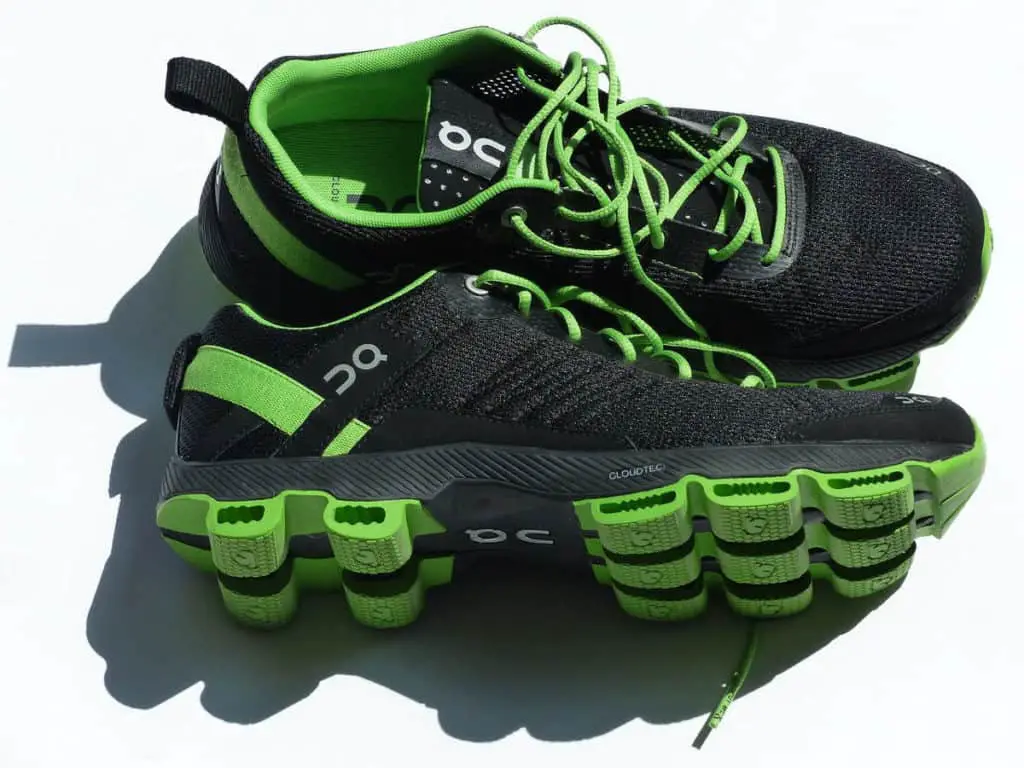
Stability shoes will help to minimize the risk of falling, which could be catastrophic for your ailing hand. Stability shoes often have a semi-curved design that reduces pronation. The shoe should fit nicely around your foot without pinching or feeling sloppy. That’s how you know that they won’t slip off mid-stride and send you tumbling.
Take Pain meds Before Running
Take your pain or anti-inflammatory meds as prescribed before running. Even as you take precautions to shield your hand from the exertion during the workout, some amount of tension or stress may still get to it. It will be painful, and your arm may start swelling again. You can prevent that by taking your medication as required before the workout.
After taking pain meds like aspirin, acetaminophen, or ibuprofen, wait for at least two hours before running. Ensure that you stay hydrated the whole time, before, during, and after the run. Similarly, try to avoid mixing up different types of pain relievers—stick to what the doctor prescribed.
Pay close attention to your body when you run with a broken arm. The thing with pain killers is that they numb your body’s ability to detect issues that manifest in the form of pain. Injuries could become worse without you knowing.
If you are in pain during the run despite taking your pain meds, it will help to speak to your doctor. They will find out what is causing the pain and advice on what to do to prevent further damage.
Warm-up is a Must
The importance of warm-up can never be emphasized enough. This pre-workout routine helps to prevent injuries by improving circulation and getting your joints and bones flexible and primed for exertion. Warm-ups avoid the risk of injuries. You don’t want to suffer a leg sprain or knee injury on top of your hand problem. Such combinations may hold you back from your goals for a long time or good.
Other benefits of warm-up, in this case, light jogging, include:
- Prepares your mind for the strength, balance, and stability needed during the run now that you won’t be swinging your injured arm
- Increases your flexibility and ability to keep your injured limb close to you during the workout
- Raises temperature and improves circulation to your muscles
Conclusion
If you are a fitness enthusiast that doesn’t want to lose their workout mojo or are a professional with a marathon coming up in a few weeks, running with a broken arm could be critically necessary. It is possible to run with a broken arm. You only have to modify your current running routines paying attention to balance, stability, and flexibility.
Low impact running, where you land softly on your mid-foot, is a proven technique that has worked for many marathoners with various injuries. You need the right shoes for that. You also need to take your pain meds before the workout and stay hydrated throughout the exercise.

